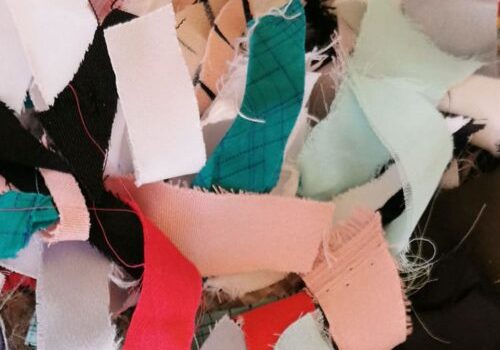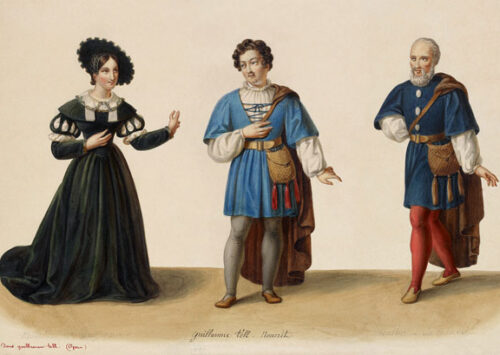The original costume collection, now at Bexhill Museum, was founded by Christine Porch and Isobel Overton in 1972. It began as a temporary exhibition, held in the Manor Gardens as part of a celebration of Bexhill’s 1200th anniversary of the granting of the Charter by King Offa and the beginning of Bexhill.
Between 2007 and 2009, a new extension to the Museum was built and the collection was moved into what is now, the Costume & Social History Gallery.
Social history is often described as ‘history from below’ because it looks at how history affected the people who experienced it. Costume and Social History collections allow valuable insight into how people lived in the past.
They provide evidence of what the people wore, the items they used in their everyday lives, and the documents they left. More is known about wealthier people as they generally had more belongings of lasting quality to leave behind.
Ordinary people had fewer things, which would have been used until they wore out. This means that these items are now, especially rare, and important.
The collection places the histories of communities, families, and their personal and working lives in their historical settings. This helps us to understand how our own lives connect with the wider world today.
The costume collection contains thousands of garments and accessories, including a late 18th century elaborately embroidered gentleman’s coat, a rare mourning calash, and boned corsets.
In the collection, the Museum has dresses from the Romantic, Victorian, and Edwardian periods plus those from the inter-war years. There is also a large accessories collection - boots - shoes – parasols – fans – lace – shawls and hats.
One treasure is a mourning dress worn by Queen Victoria, in 1892 after the death of her grandson, Prince Albert, the Duke of Clarence. There’s a dress worn by The Right Honourable Winston Churchill when he was aged four and a home-made “League of Health and Beauty” uniform from the mid 1930s.
Like all such establishments, Bexhill Museum holds far more items than it could ever hope to exhibit at one time



